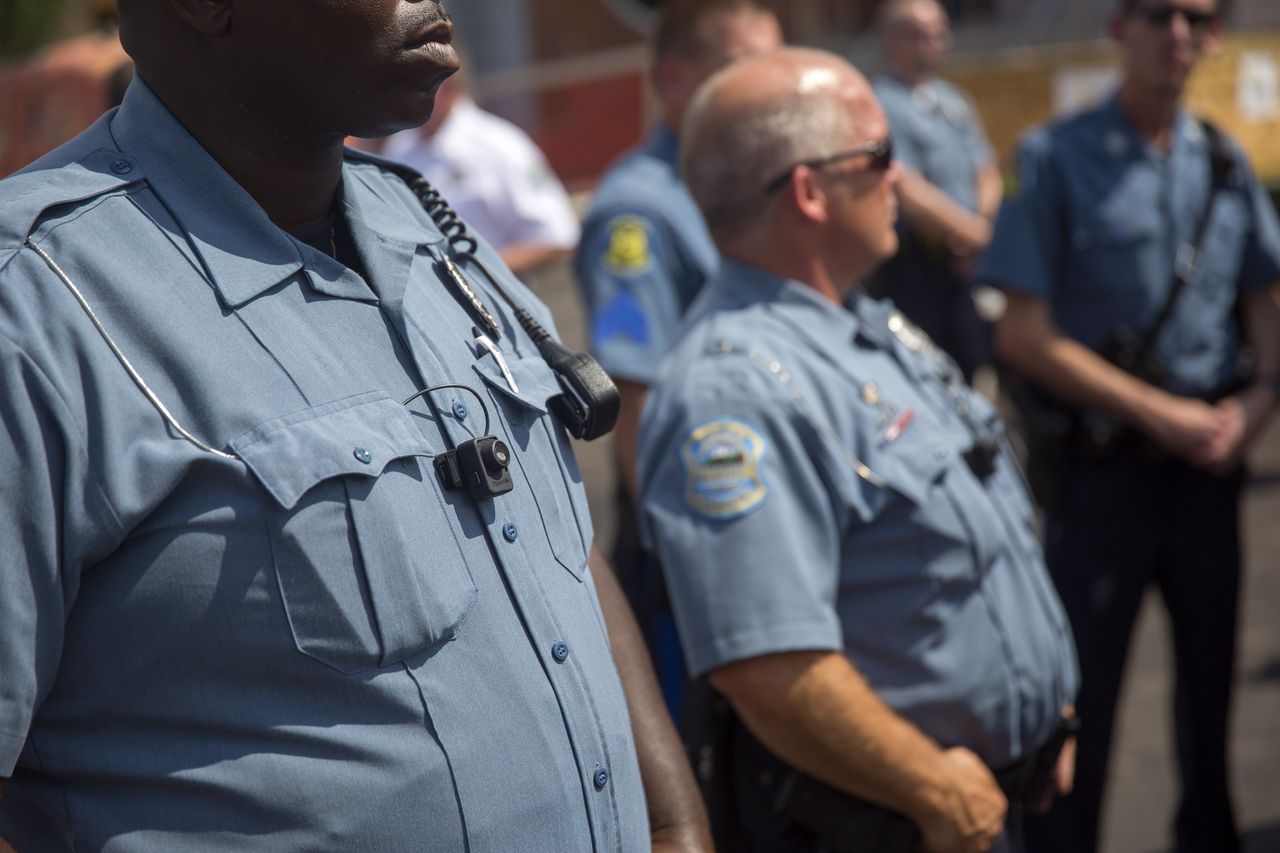A white police officer and a black teen met on a street. Minutes later, one was dead.
America sifted through dozens of witness accounts for months. The truth of what happened was lost in memory and obscured by bias. Nobody caught the fatal encounter between Officer Darren Wilson and Michael Brown on camera. The promise of perfect recall would forever prove elusive.
"Many questions remain about what happened leading up to the moment when our son was shot," Brown's parents wrote afterwards. But if Wilson had been wearing a camera, they said, "there would be no questions." They called for cameras on every officer in the country. President Barack Obama committed the federal government to the task.
There is significant evidence that cop cams cut down on most civilian complaints. But a close examination of violent encounters with the police caught on tape suggests that even with seemingly incontrovertible video evidence, questions will often linger. The kind of sea change that police reform activists desire will still likely escape them.
"I don't think anything is as good as having a camera," said John Burris, an Oakland civil rights attorney who represented both Rodney King and the family of Oscar Grant, who was killed by an officer in an Oakland train station while he was lying face-down on the ground. But, Burris added, "The realities of the world are police get the benefit of the doubt."
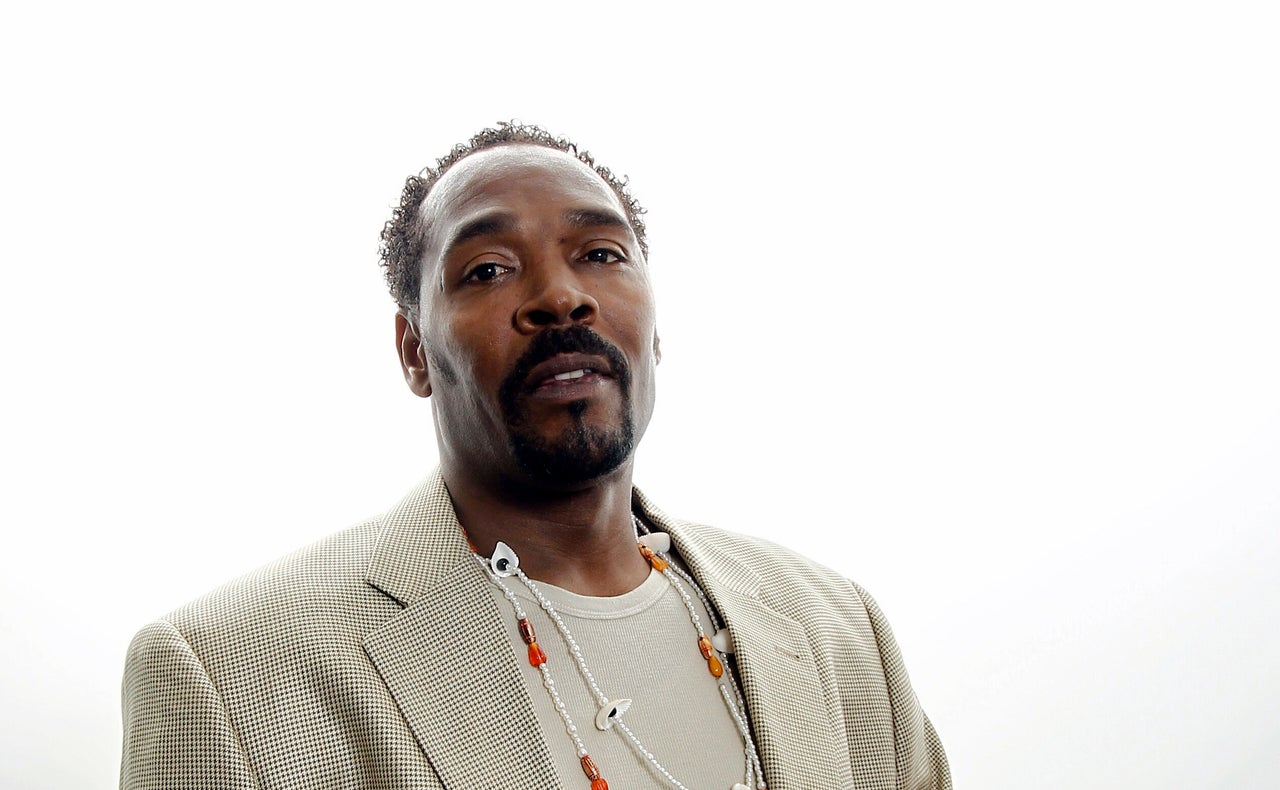
When King's brutal beating at the hands of Los Angeles Police Department officers was caught on tape in 1991, the nation reacted in shock. Never before had police misconduct been broadcast so graphically. "Rodney King was the first case that exposed police brutality in ways that had not been seen in the white community," Burris said.
King was an alcoholic who'd previously been found guilty of battering his wife. Nobody would have given his story much credit -- but for the video. Bystander George Holliday first tried to take his footage to the police, who ignored him. Then he went to a local television station.
Most people remember what happened next: the acquittal of the officers in state court, and the bloody riots in response. But the video also helped Burris in securing King millions of dollars in a civil suit, and federal prosecutors in convicting two of the officers on civil rights charges.
The King tape set a pattern that would be followed again and again after high-profile, violent encounters between police and civilians were caught on camera. The public anger after the release of the King video was soon transformed into calls to action. In the end, police and politicians would settle on more surveillance as the solution -- a somewhat surprising choice given the mixed outcomes of the state and federal trials.
Where police chiefs see virtue, however, ordinary cops sometimes see a vice. Union officials complain about being saddled with extra duties like cataloging and logging videos. Other officers complain that the cameras will serve as a hindrance in sensitive situations, such as conversations with rape or domestic violence victims, or with confidential sources.
Jim Pasco, the executive director of the Fraternal Order of Police, a union and lobby group that calls itself the world's largest organization of sworn law enforcement officers, said officers are concerned about their own privacy. "What if they go to the bathroom?" he asked.
Pasco said he feared officers would be forced to keep their cameras on during bathroom breaks, although the police department he cited as having such a policy turns out not to have purchased any cameras yet.
Still, Pasco said, "There is no uniform federal policy for how to use these things, and there probably won't ever be ... if an officer is on dinner break or using the facilities, that's a concern."
Pasco said he sees the cameras as "inevitable, but the devil’s in the details."
There's a deeper fear lingering beneath these concerns. Although much of the evidence so far suggests that cop cam videos reduce civilian complaints in the first place and allow departments to easily toss frivolous complaints out before further investigation, police are as aware as reformers of the tempestuous response to shootings caught on tape.

The tragic shooting death of Oscar Grant in 2009 crystallized the new moment of omnipresent surveillance by civilians. In a confrontation caught on cellphone and surveillance camera videos, a transit police officer shot the young black man, who was lying down and handcuffed, in an Oakland train station.
The reaction to the Grant video symbolized much of what police officers have come to fear about ubiquitous citizen-owned cameras. After one man went to a local TV station with footage of the encounter, Oakland activists quickly branded Bay Area Rapid Transit Police Officer Johannes Mehserle a murderer. Nightly protests raged in the city.
"There was hysteria, clearly, over Mehserle's shooting of Grant," said Mike Rains, the attorney who represented Mehserle in a subsequent criminal trial. "It was a crazy, crazy case -- and part of it was the ugly video. You see a cop shooting a guy in the back."
The bystander video in Grant's case led to the public outcry. But with officer-worn cameras, the cards will essentially be in police departments' hands. Many may not be eager to release graphic footage. Burris noted a case in which he had to sue the Oakland police before they would release a video to the family of one man who was shot. The footage in that case had been captured by a police body camera.
The pretrial publicity in the Grant case was so great that a judge moved the trial to Los Angeles to find an untainted jury pool. Somewhat insulated by time and distance from the passions the Grant case inspired, the jury was nonetheless just as shocked when its members witnessed the encounter.
"When the jury in LA saw that video for the first time, in unison, they jumped up in their seats," Rains recalled.
Mehserle's lawyer was forced to fight back against that crucial and highly damning evidence to save his client. The trial laid bare one of the paradoxes of video evidence: While footage of a police killing may seem straightforward at first glance, it is just as open to interpretation as any other form of evidence.
Rains said his office undertook a painstaking, frame-by-frame analysis to show what Mehserle was doing at each step in the relevant videos of the Grant shooting. The lawyer argued that minute movements of Mehserle's hands showed he was reaching for his taser, not a gun.
Standing in his suburban office in Pleasant Hill, near Oakland, Rains played footage of another police shooting in the city that attracted far less attention than Grant's. It’s the footage that civil rights lawyer Burris had to sue to get released, and it has never been shown to the public. The confrontation lasts only a few seconds. "Get down!" an officer shouts at a fleeing man. The suspect -- a man named Arthur Raleigh -- twists around, and the officer lets loose several shots.

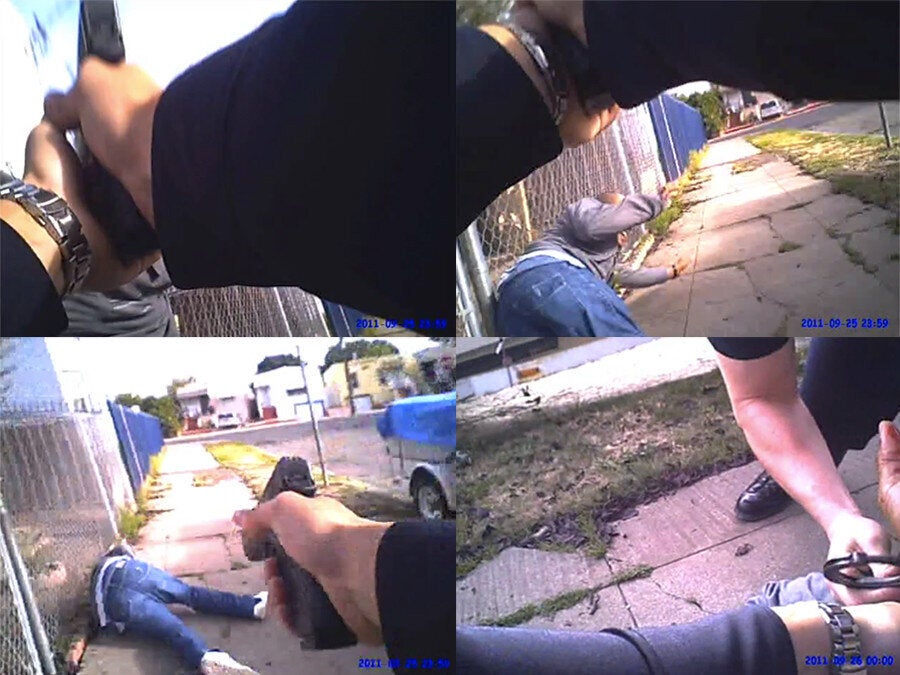
After showing the few seconds of footage to a reporter, Rains offered a quiz on the color of the man's jacket, what happened to the jacket, the color of the man's shirt, and whether the man dropped to the ground. And then: "Can you tell me where the dog was, and what the dog was doing?"
On almost every count, the reporter's memory proved faulty. The jacket was white, not brown. The dog was staring at the confrontation, and in one of the final frames its eyes appear to track something -- perhaps the glint of a silver revolver that is not apparent in the video, but which the police officer said the suspect threatened him with.
Rains' points are twofold: Videos are often not what they first appear, and memory is unreliable.
He also took issue with the common activist refrain that cops are lying when their accounts of fatal altercations don’t appear at first to line up with video footage. "Forget about watching it once and understanding what it shows," said Rains. "The cops don't lie; the cops are human, and they make mistakes."
The video also proves that skillful lawyers like Rains can use video evidence to exonerate officers. Former Oakland Police Chief Howard Jordan initially wanted to fire Officer Bryan Franks over the shooting. But after Rains caught the police department withholding a crucial expert report on the video that sided with his client, Jordan changed his mind.
The video is illustrative of the way the deck is stacked in police shootings: Analysis after analysis has shown that police are almost never convicted of any crime after fatal shootings. Although the video does not clearly show that the suspect -- Arthur Jarvis Raleigh -- actually pointed a gun at the officer, it can be interpreted that way. Along with Franks' statement immediately after the shooting that he saw the suspect twist toward him with a revolver, it was enough to avoid either a firing or prosecution.
The same combination -- a video plus an officer's explanation -- proved potent for NYPD Officer Daniel Pantaleo on Staten Island. A grand jury that heard his story voted not to indict him.
"Representing police officers for a living, we see these cameras -- when they're looked at and the evidence is looked at objectively -- being beneficial to the officers in analyzing their use of force, not detrimental," said Rains.
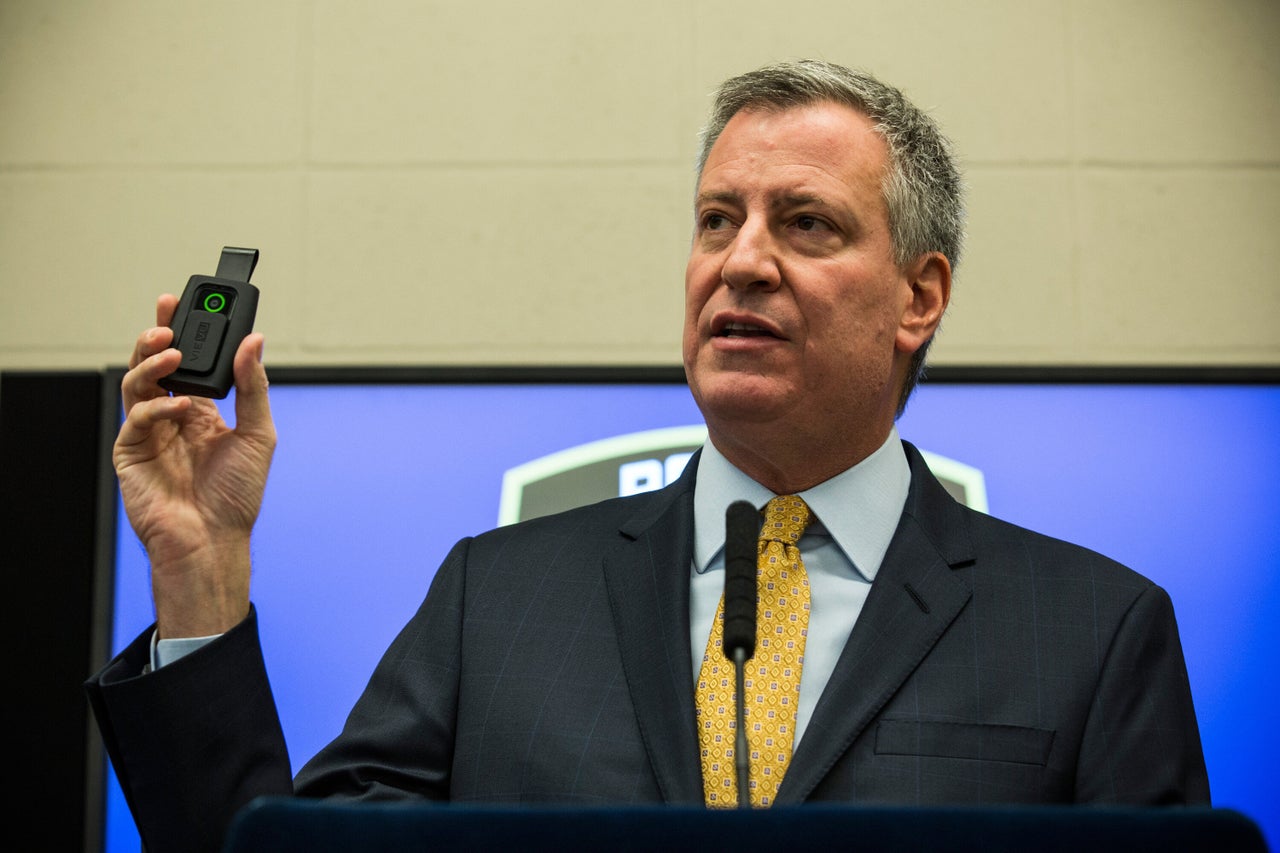
As far back as the 1960s, police departments sought to install video cameras in their vehicles. But it wasn’t until the 1980s, when the technology evolved to become smaller and more affordable, that mounting cameras in cars became feasible.
"Lord knows, from the Rodney King episode, we can see the potential," LA City Councilman Marvin Braude said in 1993 about dashboard cameras. "If a cop does something wrong, the other cops, judge and jury will know it," San Carlos, California, Police Commander Jim Cost said in 1997.
But there were obstacles -- both in the form of the price of the cameras and from police officers' unions.
At first, many police thought the cameras might be a distraction during dangerous situations, according to a 2005 study performed by the Department of Justice’s Office of Community Oriented Policing Services.
“But officers quickly figured out these things were good for them,” said David Harris, a law professor at the University of Pittsburgh and an expert on police accountability. “They often backed up cops who were behaving correctly when people made bogus complaints.”
Still, decades later, cameras sit on the dashboards of only an estimated two-thirds of police cars, said Bureau of Justice Statistics official Erica Smith. In Los Angeles, the city spent millions to outfit every car with a video camera. But 23 years after King was beaten, only 25 percent of LAPD cars have cameras installed, according to LAPD Sergeant Daniel Gomez.
Dashcams have yet to fulfill the promise they offered in the wake of the King beating, but new technologies have arrived to raise more hopes for accountability. Starting in 2008, a number of U.S. departments began testing out body-worn cameras on officers.
Their reasons varied: For some, it was in response to calls from activists and politicians for greater accountability. For others, it had more to do with saving time and money than with police brutality.
“With body cameras, you save on court time, on officer time, on complaints, on things that could be litigated later on down the road,” said Randy Deanda, the police captain in Rialto, California. “It’s a resource for us. The intention was not to police the police.”
Wearable police cameras are about the size of a pager, and weigh just over 3 ounces. The two largest manufacturers are Taser International and Vievu. Vievu says its cameras record in high-definition. Taser’s, on the other hand, do not.
The cameras aren’t cheap: Taser’s cost $399 each, plus an extra $80 or so every month for data storage. At Vievu, each camera is $899, which includes the cost of data storage.
For larger departments, the cost can quickly swell. The police department in Fort Worth, Texas, is spending about $500,000 a year on 500 cameras, said Jeff Halstead, who was chief there for more than six years before retiring on Jan. 9.
“People are shocked by the cost,” Halstead said. But he believes the cameras will save the city money in the long-run by preventing lawsuits.
Contrary to popular belief, most models don’t constantly record everything a policeman does on patrol -- for the cameras to work, officers must manually turn them on. It’s up to each individual department to decide when officers must activate the cameras. Some departments mandate that officers turn them on in certain situations, like when they approach a suspect or make an arrest. Others give officers total discretion.
Fort Worth’s official policy on body cameras says the department's roughly 850 uniformed patrol officers “should” turn their cameras on when making an arrest or a traffic stop, as well as every time an officer assists in an arrest, executes a forced entry search warrant or responds to a domestic violence call, among other scenarios.
If an officer continually neglects to turn the camera on, he or she could land in trouble with the department. “We have a zero tolerance approach to them turning off the device if they’re doing something bad,” Halstead said. But, he said, the body cameras haven’t resulted in any Fort Worth officers being formally disciplined in the three years they’ve been wearing them.
In Oakland, which also outfits officers with body cameras, the discipline rates are a little higher. The police department has disciplined 24 officers for failing to turn on their cameras, according to a December 2014 report in ArsTechnica. One has been fired, and one resigned.
Both Taser and Vievu say videos can’t be altered or deleted from the cameras before being uploaded to company-maintained servers. To protect the privacy of citizens and to clear space for new footage, body camera videos are automatically deleted from the server after a set period of time, usually between one and six months from when they are recorded. It’s up to each individual agency to decide how long videos are stored before being deleted.
If a citizen makes a complaint or there’s an investigation into a particular incident, the video can be saved for longer periods of time. The responsibility to do that, manufacturers said, rests with the police.
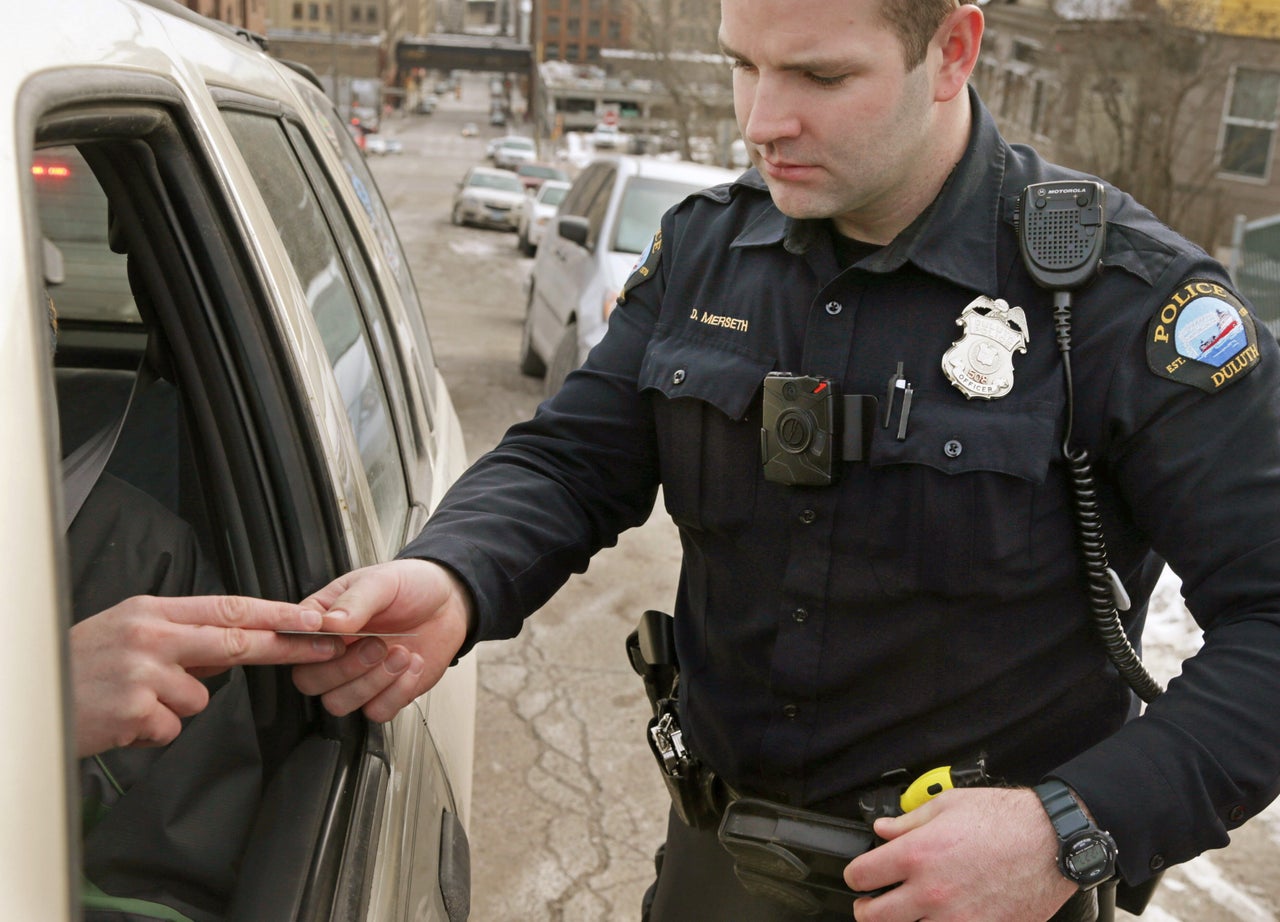
Police body cameras are increasingly practical and widespread. President Barack Obama's December proposal to provide $75 million in federal matching grants for them means the cameras could become more affordable. At Taser, sales of body cameras and subscriptions for data storage rose from $5.8 million from the third quarter of 2013 to $15.3 million in the third quarter of 2014. That’s a 264 percent increase.
Several recently published studies suggest that the cameras do have wide-ranging, positive effects. In many day-to-day interactions, cameras reduce civilian complaints and make officers think more carefully before stopping and frisking residents.
Justin T. Ready, an assistant professor of criminology at Arizona State University, conducted an extensive study on police body cameras in Mesa, Arizona.
Ready and a co-researcher found that use of the cameras leads to complex outcomes. Officers assigned to wear them in Mesa issued 23.1 percent more citations than those who did not wear them. Ready said the reason for this may be that cops are aware that their supervisors can review their interactions, so they are more reluctant to turn a blind eye to minor violations.
On the other hand, however, officers without cameras were 9.8 percent more likely to conduct a stop and frisk, and 6.9 percent more likely to actually arrest someone. Ready believes it is those types of interactions that are much more likely to deteriorate relationships between police and the community.
"We're finding that generally the technology makes officers more proactive, without increasing their use of invasive strategies that threaten the legitimacy of the organization," said Ready.
The Mesa police's own study found that officers who started wearing body cameras saw the number of complaints against them drop by 40 percent. Psychologists say the mere presence of cameras changes the way people act, and in a tense situation the presence of a camera can make someone act more responsibly.
“Cameras create a self-awareness, self-monitoring response that affects behaviors,” said Arthur Lurigio, a psychologist and social scientist who studies the way people behave in the criminal justice system. If police wore video cameras on their uniforms, that might make officers and civilians act more civilly, Lurigio said.
In 2012, Rialto became the first police agency in the country to outfit 100 percent of its officers with cameras. A study there found that officers without cameras were twice as likely to resort to force in the field as those with the electronic eyes.
The videos also help when there are contentious encounters, said Anthony Finnell, a former Indianapolis police detective who is now head of the civilian agency that investigates alleged police misconduct in Oakland.
"My investigators, they swear by it," he said. "We're not just relying on word of mouth -- or one person's word against another."
Finnell said complaints in Oakland have dropped substantially -- in large part because "the word is now out that these officers are wearing these cameras, so that has reduced the number of frivolous allegations or frivolous complaints."
That kind of result translates into dollar signs for police chiefs and cities, who are wary of paying out settlements in civil lawsuits claiming excessive force.
“We had a police-involved shooting just last night, for example, where both the officers had their cameras on,” Halstead said during a phone interview in December. “If anyone, a family member or relative, wants to file litigation against the city, this video will eliminate any capacity for them to do that. So literally that video last night saved me from an entire year of storage costs.”
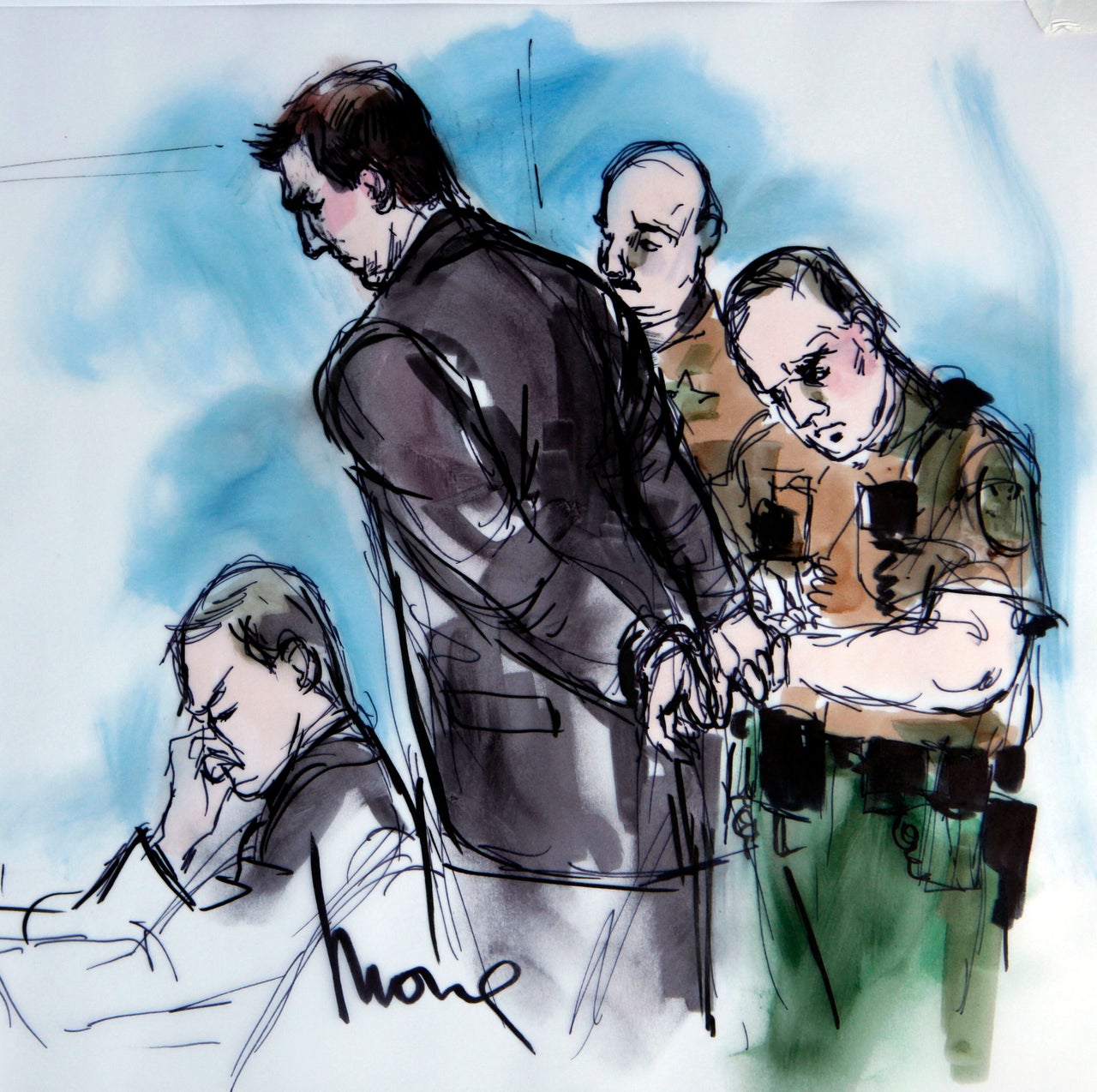
Many of the police chiefs who have experimented with body cameras are surprisingly supportive of rolling the devices out on a wider scale. That takes away a crucial impediment to police reform activists who believe cameras will usher in greater accountability. But shootings like those of Oscar Grant offer mixed lessons for those who believe cameras will dramatically shift the contours of investigations into lethal force.
The reasons are readily apparent to Burris in his role as a defense attorney. Police departments are still reluctant to fire their own officers. District attorneys are still reluctant to prosecute the same police they must work with to win convictions. Officer unions still hold enormous political sway, as the recent spat between New York City Mayor Bill de Blasio and police unions showed. And because of court precedent, officers still must clear only the low legal bar of "reasonable fear" to gain exonerations in fatal encounters.
"The offending officer -- regardless of what the camera says -- will always have an explanation to justify their conduct. Period," said Burris. "We saw that in Eric Garner. I had Rodney King, with four officers all justifying their conduct. Oscar Grant."
But both Burris and Rains, who worked on opposite sides of the Oscar Grant case, said they believe that the local prosecutor would never have charged Mehserle without the public outrage.
"I was on that case from day one. I can tell you this: But for the video, he wouldn't have been charged," said Burris.
For Burris in his role as a civil rights lawyer, the videos may only represent one additional piece of evidence. But every little bit counts, he said. "I know I'm on an uphill battle all the time, so I have to have other evidence that can overcome that."
Some of the officers in the King case were eventually acquitted on state charges and then convicted on federal civil rights charges. The cop who put Garner in a chokehold was not indicted. Mehserle was convicted of involuntary manslaughter, not murder.
When the riots flared after the verdict in the Grant case, they led to thousands of dollars in damage and scores of arrests.
There were also peaceful protesters who said they were frustrated with the verdict, while expressing satisfaction that Mehserle had been convicted of anything at all. For too long, many of them argued, it was impossible to convict police on any charges. The proliferation of the cameras seems to have changed the odds -- if only a little bit.
"Justice should be served, but it's a baby step and a precedent," protester Scott Larockwell told the San Francisco Chronicle in 2010. "At least there’s some type of conviction."
